Nestled along the southeastern coast of Vietnam, Mui Ne dazzles visitors with its windswept beaches, vibrant sand dunes, and rich cultural heritage. As a beloved travel destination known for its perfect blend of adventure and relaxation, knowing when to visit this coastal paradise can dramatically enhance your experience. The ideal time to immerse yourself in the allure of Mui Ne is influenced by its tropical savanna climate, which features distinct dry and rainy seasons, each offering unique opportunities and challenges for exploration. With an understanding of the weather patterns, temperature averages, and various activities catered to different seasons, this guide will empower you to select the perfect time for your trip to Mui Ne.
The best time to visit Mui Ne spans the dry season from November to April, where sunny skies and milder temperatures provide an inviting backdrop for beach activities. However, each month holds its own charm, with peak tourist months in December to February showcasing the ideal conditions for outdoor adventures, while the shoulder seasons grant travelers the chance to enjoy less crowded experiences at a fraction of the cost. Regardless of when you choose to visit, careful planning aligned with weather conditions can help you forge unforgettable memories in this enchanting coastal haven.

Mui Ne, with its remarkable tropical savanna climate, experiences significant variations in weather throughout the year that greatly influence travel experiences. The juxtaposition of its two distinct seasons the dry and the rainy creates a complex tapestry of conditions that travelers must navigate. While sunny days beckon in the dry season, the rainy months can surprise visitors with sudden rain showers, often followed by plenty of sunshine. Such dynamic weather offers a rich exploration opportunity but requires careful consideration for travel planning.
To illustrate the stark contrast between the dry and rainy seasons, consider the following summary:
| Season | Months | Temperature Range | Rainfall | Weather Characteristics |
|---|---|---|---|---|
| Dry Season | November – April | 23°C – 32°C (73°F – 90°F) | Minimal (0 - 14 mm) | Sunny, warm, perfect for outdoor activities |
| Rainy Season | May – October | 24°C – 33°C (75°F – 91°F) | High (average 200-227 mm in September) | Humid, frequent rain, less ideal for outdoor |
The weather in Muine often feels like two different worlds: the calm, sunny shores during the dry season extend an open invitation for relaxation and fun, while the rainy season can transform the same beaches into a picturesque, lush oasis. Thus, flexible planning is essential for experiencing the best of what this enchanting destination has to offer.
The climate in Mui Ne is a captivating mixture of humidity, sunshine, and refreshing sea breezes. This tropical paradise enjoys a sunny disposition most of the year, primarily characterized by two distinct seasons: the dry season from November to April and the rainy season from May to October. The dry months delight travelers with clear skies and minimal rainfall, creating optimal conditions for sun-seekers and adventure enthusiasts alike.
November to February marks a period of tranquility in Mui Ne, with warm temperatures averaging between 23°C and 30°C (73°F to 86°F) alongside bright blue skies and refreshing breezes. January, in particular, is known for being one of the driest months, with an average precipitation of only 2.2 mm, allowing tourists to fully enjoy the exquisite beaches, sand dunes, and lush landscapes. The pleasant weather during this time encourages vibrant outdoor activities, ranging from beach sports to cultural exploration, catering to diverse interests.
As temperatures begin to rise in March and April, so do visitor numbers. The warmth reaches its zenith, often peaking at 32°C (90°F) whilst remaining largely dry. The prevalence of sunshine during this phase intensifies the allure of beach journeys, especially for those eager to soak up the sun. Despite these warm temperatures, the dry season remains the predominant choice for beachgoers due to the comfortable conditions conducive to surefire enjoyment and adventure.
In contrast, the rainy season brings notable changes to the climate, with the onset of hot and humid weather making it less favorable for outdoor exploration. Although the month of May initiates increased humidity and rainfall, the rainfall isn't typically prolonged, which means visitors should not shy away from exploring during this season. If you're seeking quieter beaches and a vibrant, less-touristy atmosphere, you may find the rainy months enriching, with lush landscapes and unique local experiences waiting to be uncovered.
Overall, the weather conditions in Mui Ne present travelers with varied experiences throughout the year, with an understanding of these contrasting climates enabling plans that harmoniously align with personal preferences and activities.
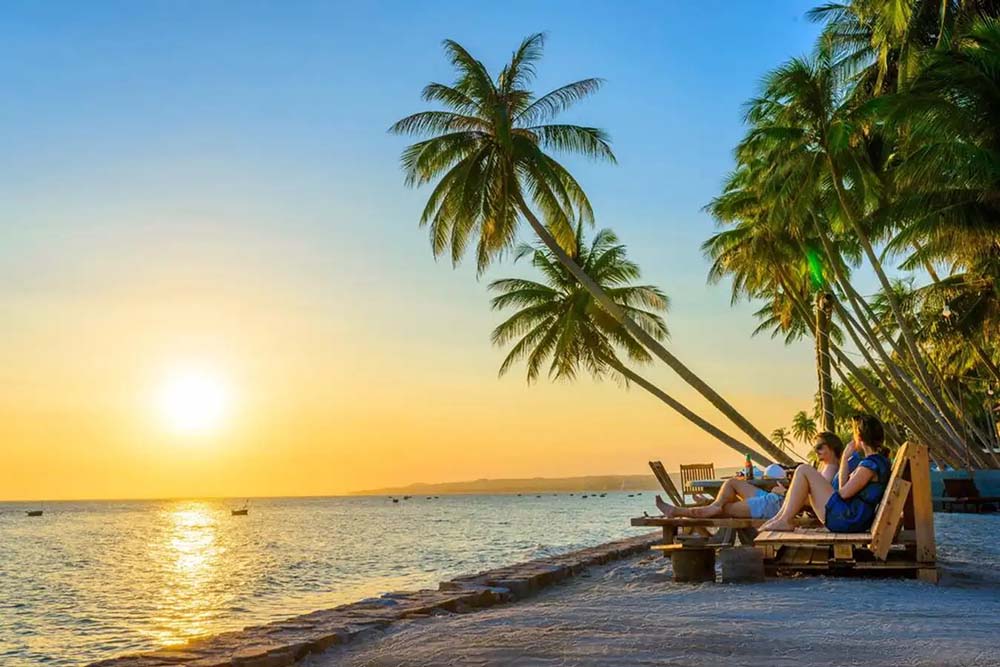
Understanding seasonal weather patterns in Mui Ne is crucial for identifying the right time to visit. The dry and rainy seasons mark distinct periods that offer excitement and unique challenges to visitors. While the dry season is lauded for its favorable conditions, the rainy season holds its appeal for those seeking a different experience.
Dry Season (November to April)
Wet Season (May to October)
Recognizing these seasonal patterns is vital for effectively planning your visit to Mui Ne, whether you’re chasing sunshine or seeking out the unique allure that the rainy season can provide.
When considering the best time to visit Mui Ne, understanding average temperatures and how they fluctuate each month can help shape your travel plans. Here’s a breakdown of monthly average temperatures and rainfall to guide your decision-making process.
| Month | High Temperature (°C) | Low Temperature (°C) | Rainfall (mm) | Weather Features |
|---|---|---|---|---|
| January | 29.3 | 21.3 | 2.2 | Mild, dry, great for outdoor activities |
| February | 30.2 | 21.2 | 4 | Warm, driest month |
| March | 31.1 | 22.7 | 7 | Hot, plenty of sunshine |
| April | 31.9 | 23.8 | 14 | Hottest month, increasingly humid |
| May | 32.3 | 25.1 | 14 | Warm, beginning of rains |
| June | 31.4 | 24.7 | 25 | Hot, increased rainfall |
| July | 30.7 | 24.2 | 22 | Warm, humid, light rain bursts |
| August | 30.8 | 24.3 | 30 | Humid, potential storms |
| September | 30.4 | 24.0 | 200-227 | Wettest month, high humidity |
| October | 29.8 | 23.6 | 166 | Rain tapering off, still warm |
| November | 29.7 | 23.0 | 10 | Transition to dry, pleasant |
| December | 29.3 | 22.1 | 3 | Cooler, dry, welcoming tourists |
From this overview, it becomes clear that temperatures often soar during the dry season with September and October witnessing the highest rainfall levels during the wet months. Accordingly, for those craving sunshine-filled days and balmy nights perfect for evening strolls on the beach, the best time to visit would be in January through April, especially January and February, as you can enjoy comfortable temperatures, minimal rainfall, and higher chances of experiencing the full charm that Mui Ne possesses.
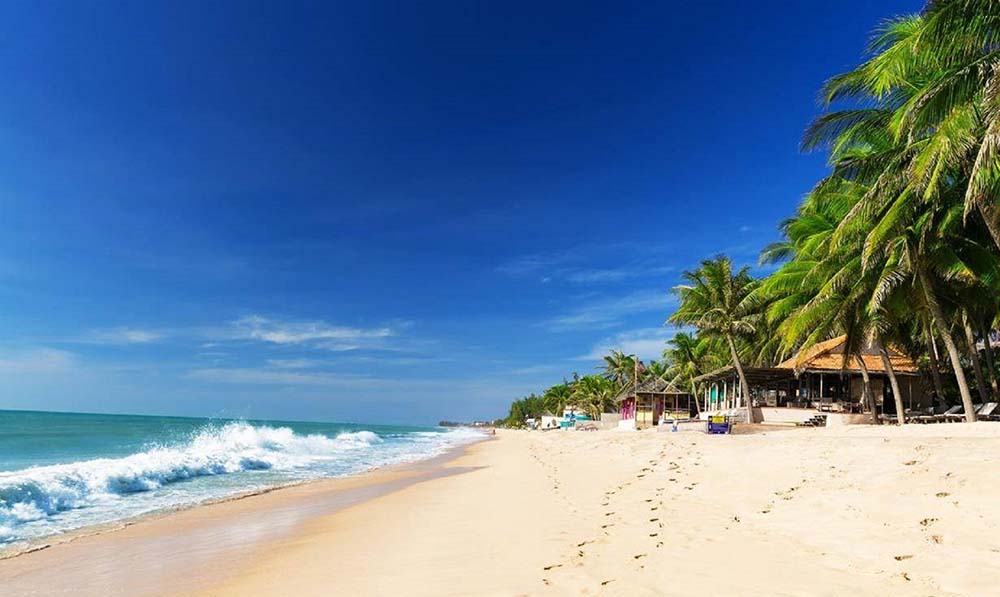
Navigating the choice between the dry and rainy seasons in Mui Ne can play a significant role in your overall travel experience. Each season presents different weather conditions that suit varying preferences and travel goals, allowing visitors to tailor their itinerary based on what they hope to achieve during their journey.
Dry Season (November to April):
Pros:
Cons:
Rainy Season (May to October):
Pros:
Cons:
Ultimately, the choice between dry and rainy seasons hinges on your personal preferences and desired activities during your stay in Mui Ne. For beach lovers and adventure enthusiasts, the dry season will likely offer the best experiences. If you’re seeking a more budget-friendly trip, fewer crowds, and a taste of the serene landscapes, the rainy season may hold its appeal.
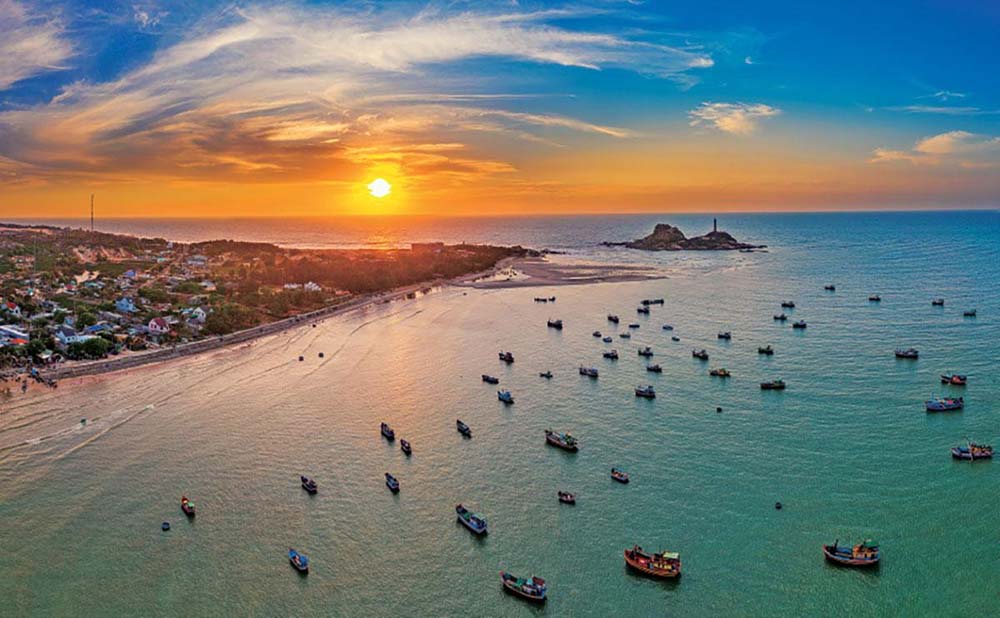
Traveling to Mui Ne during the dry season from November to April brings a myriad of advantages, making it an exceptional time to explore this idyllic destination. Here are some of the key benefits of visiting during these months:
Perfect Weather Conditions:
Uninterrupted Beach Days:
Cultural Events & Activities:
Consistent Winds for Watersports:
Greater Options for Accommodation:
By planning your trip around the dry season, you position yourself to take full advantage of the numerous benefits that enable a richer and more immersive experience in the stunning landscape of Mui Ne, Vietnam.
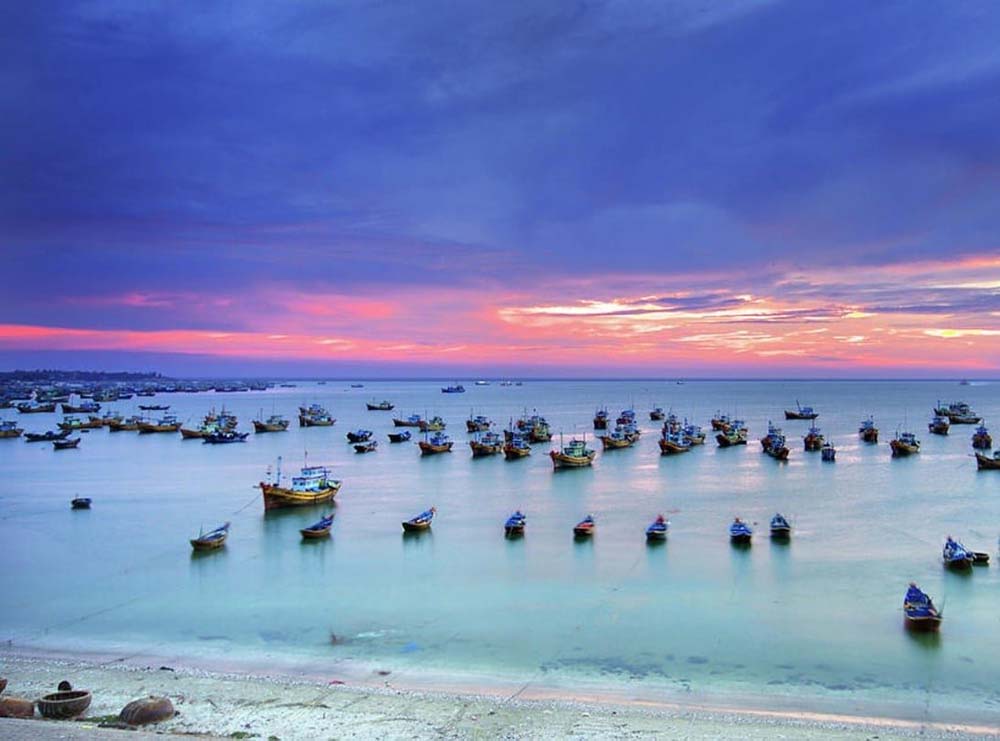
While traveling to Mui Ne during the rainy season from May to October can be beautiful in its own right, it is crucial to acknowledge the challenges that come along with this time of year. Understanding these potential obstacles can help you plan accordingly and make informed decisions during your trip. Here are some challenges you may face during the rainy season:
Unpredictable Weather Conditions:
Water Quality Concerns:
Reduced Outdoor Activities:
Insect Activity:
Despite the challenges posed by the rainy season, it also presents unique opportunities for exploration that can be equally rewarding. Visitors can indulge in cultural experiences, engage with the local community, and enjoy the lush landscapes that transform the surroundings into a vibrant paradise. By recognizing the challenges and preparing for them, you can still have a fulfilling experience in Mui Ne during this time.
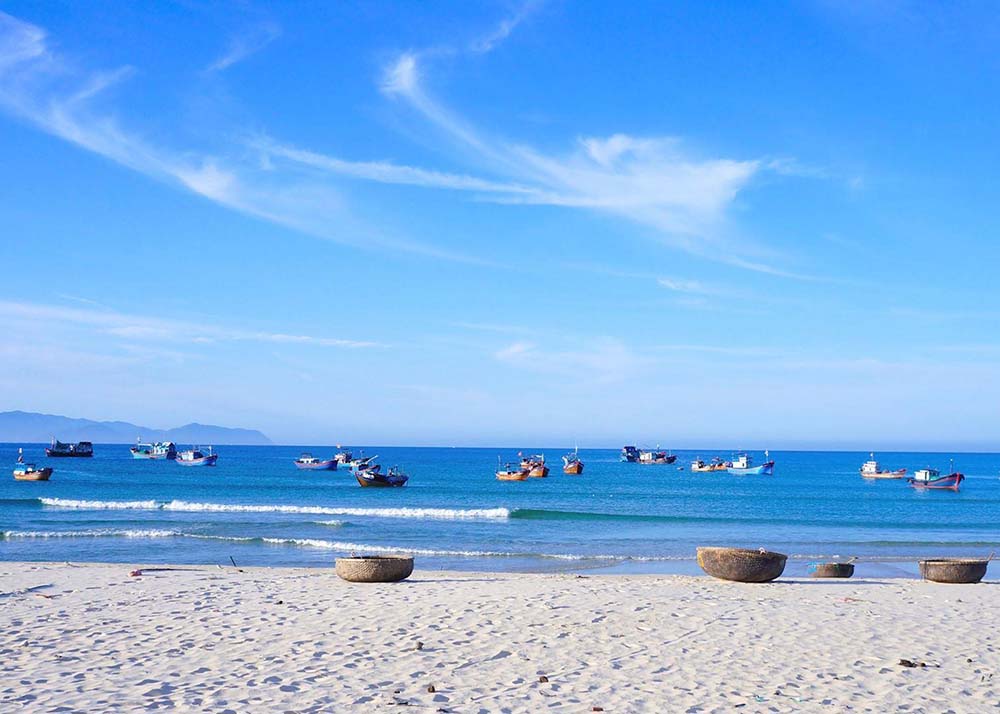
While the weather in Mui Ne varies significantly between the dry and rainy seasons, each time of year brings its own range of activities suited to the prevailing conditions, ensuring that visitors have opportunities for exploration no matter when they arrive.
Activities During the Dry Season (November to April):
Beach Sports: With sunny days and warm weather, beach sports become a staple for visitors. Activities such as beach volleyball, paddleboarding, and even yoga sessions by the waves contribute to an energetic atmosphere.
Kitesurfing & Windsurfing: With consistent winds blowing, the dry season is a prime time for water sports enthusiasts. Kitesurfing competitions frequently take place, creating vibrant events that attract both participants and spectators to the beach.
Exploring the Sand Dunes: A visit to the white and red sand dunes is a must during the dry months. Jeep rides and sand sledding offer exhilarating adventures against the stunning backdrop of golden sands, providing visitors with unforgettable experiences.
Cultural Exploration: A plethora of cultural sites beckon during the dry season. Visitors can explore local fishing villages, sample fresh seafood, and immerse themselves in the rich heritage that makes Mui Ne so special.
Activities During the Rainy Season (May to October):
Culinary Excursions: The rainy season invites food enthusiasts to indulge in local delicacies. Sample street food and dine in cozy restaurants as you seek shelter from the rain, allowing culinary exploration with a side of cultural immersion.
Cultural Festivals: Rainy season events often showcase art and local traditions, offering rich insight into the community. Participate in festivals that celebrate local customs and witness vibrant displays of Vietnamese culture.
Visiting Indoor Attractions: When the weather may not permit outdoor activities, consider indoor attractions. Visiting Poshanu Cham Towers or local markets provides visitors exciting glimpses into the cultural heritage and history of Mui Ne.
Nature walks and Eco-tours: Rainy months rejuvenate the landscape, creating lush green environments that encourage tranquil nature walks and eco-tours. The serene atmosphere allows for intimate exploration of Mui Ne's natural beauty.
Whether it's sun-soaked beach days filled with exhilarating activities or more relaxed indoor explorations celebrated during rain showers, both seasons in Mui Ne cater to a diverse range of interests that ensure visitors experience the best of what this captivating region has to offer.
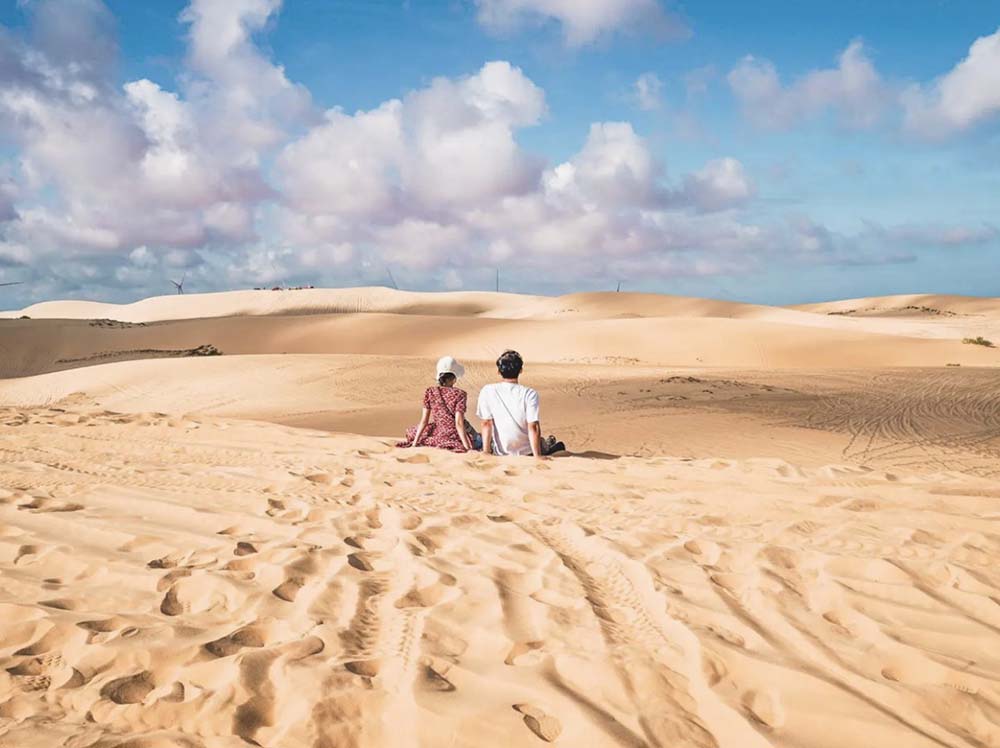
For those looking to make the most out of beach activities in Mui Ne, timing your visit is essential. The excellent weather conditions from November to April make these months the ideal window for indulging in all the sun, surf, and sand that the region promises. A particularly favorable climate helps ensure that visitors fully enjoy the beach experience.
Most favourable conditions for beach activities can be summarized as follows:
| Month | Beach Activities | Weather Characteristics |
|---|---|---|
| November | Ideal for sunbathing and swimming | Mild temperatures, sunny days |
| December | Enthusiastic beachgoers | Dry, with chances for beach games |
| January | Great for swimming & beach sports | Pleasant weather, less rain |
| February | Perfect for relaxation | Clear skies, light winds |
| March | Excellent for water sports | Warming temperatures, optimal conditions |
| April | Great for beach excursions | Warmer, perfect for sunbathing |
| May | Slim chances to swim | Starting rains, high humidity |
During the dry season, visitors can expect warm days that create the perfect atmosphere for enjoying various beach activities, from swimming to lounging on the shore with a drink in hand. The sunny skies and gentle ocean breeze contribute to creating an idyllic beach getaway.
As April arrives, the weather continues heating up, which might push some travelers to look for ways to keep cool in the ocean waves. Participation in water sports such as paddleboarding, kayaking, and even snorkeling becomes increasingly popular due to the warm water temperatures and the prime opportunity for sea exploration.
However, as May approaches the rainy season, until this point of the year, some beach activities may start to dwindle as the weather changes. Thus planning your visit between December and April provides the best chance for enjoyable days spent on the sandy shores of Mui Ne while engaging in exciting beach activities.
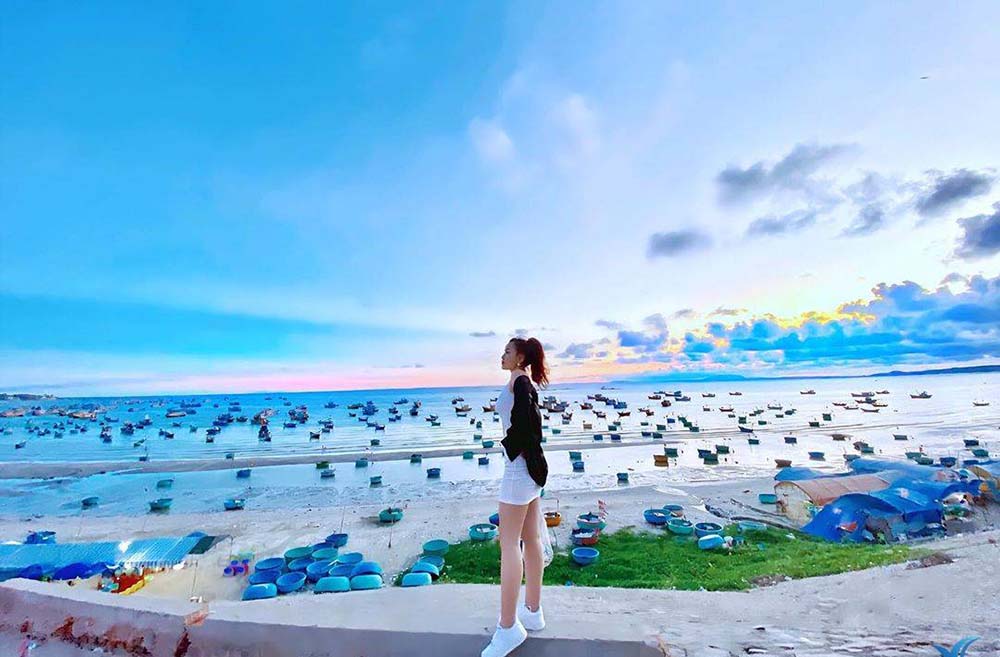
For those who love swimming and sunbathing, Mui Ne offers a slice of beach paradise during the dry season, especially from November to April. Throughout these months, visitors can bask in the sun and relish the calm ocean waters, making it the most appealing timeframe for any beach lover.
November to April: Ideal Swimming Conditions
Water Temperature: The ocean water remains pleasantly warm, hitting temperatures ideal for swimming. During this period, average sea temperatures range from 24°C to 29°C (75°F to 84°F), making it inviting for a refreshing dip.
Low Rainfall Chances: The dry season ensures minimal rainfall, allowing for uninterrupted beach days and sunbathing. Many visitors find themselves sprawled on the sand, soaking in the Vitamin D, while the sun gently kisses their skin.
Gentle Waves: With lighter winds during the dry months, swimming conditions are generally safe and enjoyable. Beachcombers can relish frolicking in the turquoise waters without the threat of aggressive waves.
Gorgeous Sunsets: The combination of clear skies and warm waters allows for magical sunsets that paint the horizon in brilliant shades of red and gold. Evening swims often extend into twilight, allowing for unforgettable moments as the sunsets beautifully frame the beach.
Although particular months, such as January and February, show exceptionally favorable beach conditions, visitors will find that the entire dry season provides picturesque moments perfect for swimming and sunbathing. Throughout these months, Mui Ne becomes a canvas for relaxation and enjoyment, creating a paradise-like atmosphere where beachgoers can unwind and connect with nature.
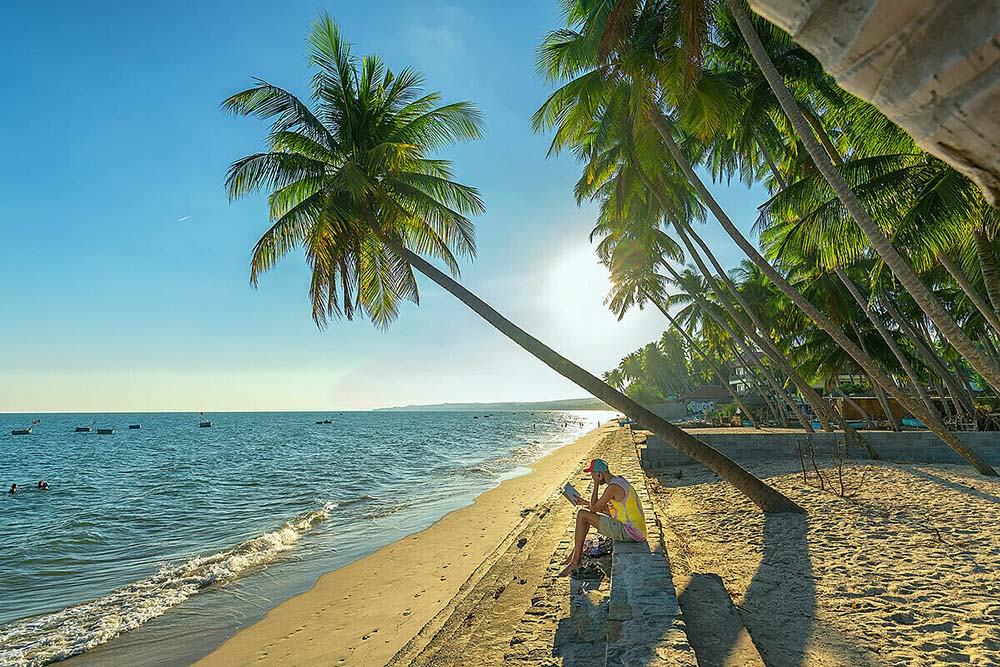
The best time for enthusiasts of watersports in Mui Ne coincides with the dry season, particularly from November to April. During these months, both kitesurfing and windsurfing reach their peak, allowing thrill-seekers to experience exhilarating adventures on the water.
Consistent Wind Conditions:
Warm Water Temperatures:
Active Kitesurfing Community:
Variety of Rental Shops and Schools:
Overall, November to April encapsulates a vibrant indulgence for watersports in Mui Ne, catering to thrill seekers looking to make the most of the waves and winds. With the sun shining down, warm waters, and community-driven excitement, the chances of engaging in unforgettable adventures are maximized, solidifying Mui Ne as a must-visit destination for watersports fans.
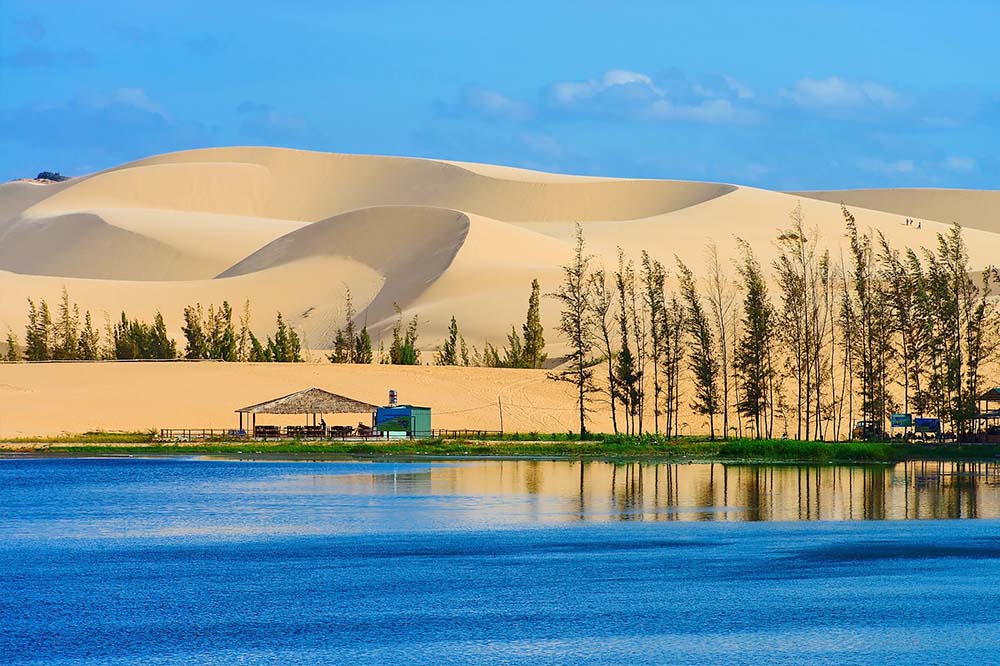
Mui Ne thrives during the dry season, especially from December to February, when various events and festivals allow visitors to experience the local culture amidst thrilling beach activities. These vibrant gatherings foster an exciting atmosphere, inviting tourists and locals alike to partake in celebrations influenced by the region's rich maritime heritage.
Some popular beach events and festivals are as follows:
Kitesurfing Competitions:
Local Seafood Festivals:
New Year Celebrations:
Traditional Local Festivals:
Visiting during these popular events and festivals allows you to experience a side of Mui Ne that transcends its stunning landscapes and beaches, immersing you in a lively local atmosphere rich with cultural diversity, social connections, and unforgettable experiences.
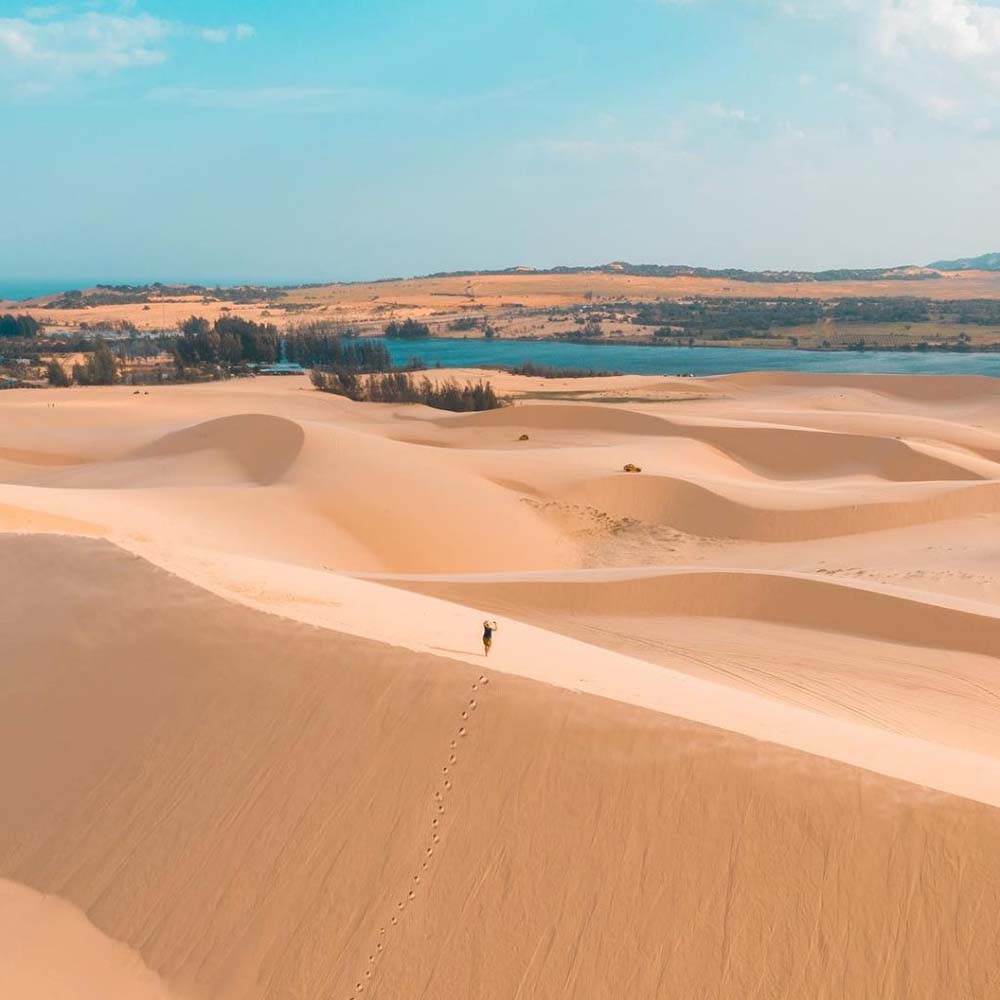
The enchanting coastal town of Mui Ne boasts a seasonal reputation primarily marked by ideal kitesurfing and windsurfing conditions, significantly influenced by the Northeast Monsoon. The peak seasons span from November to April, with particularly strong and consistent winds occurring from December to February. Understanding these optimal months can greatly enhance the experience for both professional and recreational water sports enthusiasts.
What Makes This Season Ideal:
Wind Conditions:
Community-Focused Activities:
Easy Access to Rentals and Lessons:
Perfect Conditions for All Levels:
For ardent kitesurfers and windsurfers, visiting Mui Ne during the November to April season means appreciating scenic waters under an open sky while embracing the thrill of harnessing the wind.
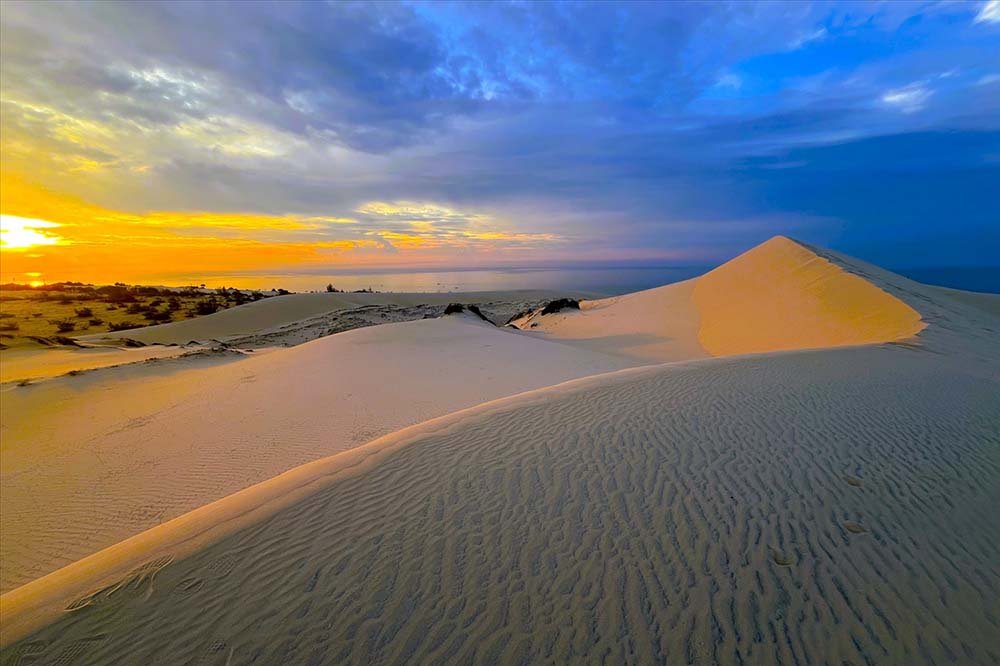
For kitesurfing lovers, the prime time to visit Mui Ne is between November and April. During these months, the conditions create an exhilarating playground for kite enthusiasts and charming beaches that encourage both adventure and relaxation.
Why These Months are Ideal:
Consistent Breezes:
Balanced Conditions:
Community Engagement:
Breathtaking Views:
Overall, the peak season from November to April serves as the best time for kitesurfing enthusiasts to experience the thrill of riding the waves amidst crashing surf. The seamless combination of perfect weather, favorable wind conditions, and an enthusiastic community invites adventure-seekers into the captivating world of kitesurfing, ensuring unforgettable memories on the waters of Mui Ne.
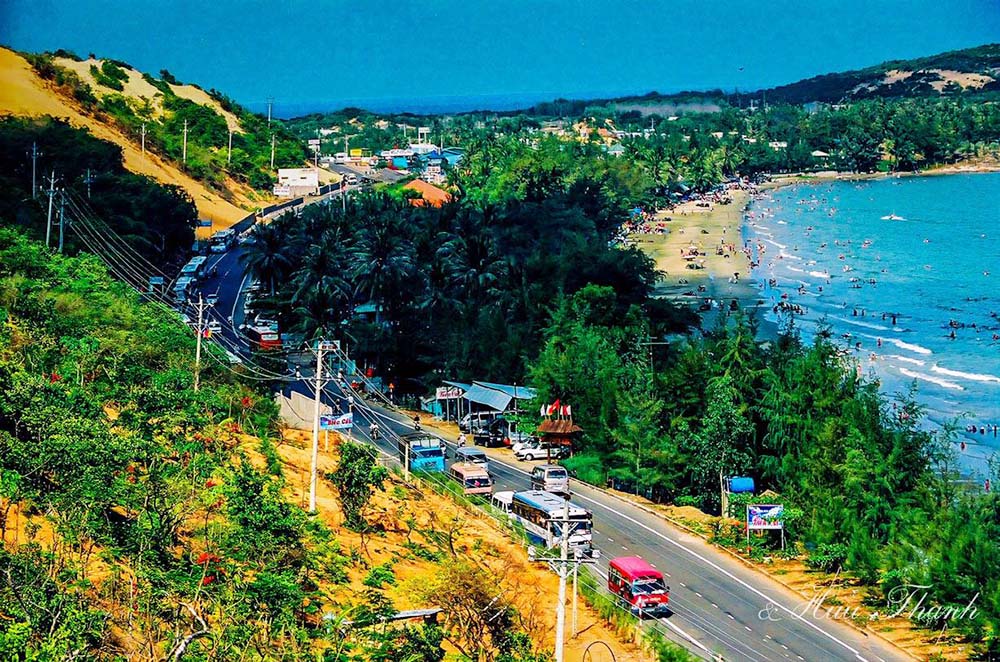
Wind conditions play a significant role in determining the best times for kitesurfing and windsurfing in Mui Ne, impacting all aspects of the sports. The wind patterns shift throughout the year, shaping experiences that cater to various levels of riders. An overview of monthly wind conditions elucidates their impact on outdoor activities:
| Month | Average Wind Speed (knots) | Wind Conditions | Ideal for Kitesurfing & Windsurfing |
|---|---|---|---|
| November | 10-15 | Light winds | Promising start to the season |
| December | 15-20 | Steady winds | Peak conditions for experts |
| January | 20-25 | Strong winds | Thriving conditions |
| February | 20-25 | Ideal winds | Best for all levels |
| March | 15-20 | Consistent winds | Great for passionate enthusiasts |
| April | 10-15 | Transitioning winds | Good for learning |
| May | 5-10 | Calm winds | Less ideal for sports |
| June | 5-10 | Variable winds | Cooling conditions |
| July | 5-10 | Low winds | Less favorable for kiting |
| August | 5-10 | Fluctuating winds | Not ideal for wind sports |
| September | 10-15 | Light winds | Rare opportunities for kiting |
| October | 10-15 | Weak winds | Calm before the dry season starts |
The table clearly shows that the best months for kitesurfing extend from December to February, characterized by notably stronger winds supporting diverse skill levels among surfers. Alternatively, the months spanning from May to October experience weaker winds, which can deter wind-based activities; thus, individuals should adjust their plans accordingly.
Understanding the influence of monthly wind conditions further illustrates the importance of timing in maximizing experiences on the water. Enthusiasts will find that the exhilarating culture of kitesurfing thrives during the bustling wind-filled months, thereby inviting adventure-seekers into one of the region’s most electrifying pastimes.
As the tourist season peaks, visitors will find themselves immersed in a unique blend of experiences and challenges. The prime months from December to February fall in line with favorable weather and an influx of travelers seeking the sunny shores of Mui Ne.
Price Escalation: Coupled with heightened demand, room rates for hotels, holiday rentals, and restaurant meals often see notable spikes. Research shows that accommodations can raise prices by 25% to 50% during peak season, resulting in striking inflation that affects overall travel budgets.
Crowded Attractions: The high volume of tourists leads to congested beaches and popular sites. Please note that iconic destinations may feel less intimate as swell crowds descend upon the area, potentially leading to longer lines and decreased visitor satisfaction.
Changes in Service Quality: Service levels often become strained during peak tourist times, with staff working diligently to meet demand, leading to longer wait times and fluctuating service quality at restaurants and local attractions.
Increased Activities: While peak season brings challenges, it also energizes local businesses, resulting in a myriad of events and activities that keep the community buzzing with excitement. Visitors can immerse themselves in local cultural experiences, vibrant nightlife, and thrilling watersport competitions.
Despite the crowded conditions and higher prices, partaking in the exhilarating atmosphere during peak tourist season becomes a hallmark of what makes Mui Ne so unique.
Advance Bookings: To mitigate price increases and secure better rates, booking accommodations and activities well in advance is highly recommended. This proactive approach ensures visitors can navigate the peak rush smoothly.
Timing Visits: Plan to visit popular attractions early in the morning or during late afternoon hours to avoid large crowds, thus augmenting the quality of the experience at these sites.
Flexible Itinerary: Embrace a flexible travel plan to accommodate spontaneous changes. If popular spots are overcrowded, consider exploring local hidden gems or adjusting your schedule according to the crowd flow.
Off-Peak Exploration: If possible, aim for shoulder seasons or off-peak durations that allow for stunning experiences without the stress of heavy traffic. Late spring and early autumn provide comfortable weather while avoiding the high season price hikes.
Ultimately, understanding the implications of peak tourist season allows travelers to navigate the situation effectively while capitalizing on the plethora of unforgettable experiences that await in Mui Ne, Vietnam.

Exploring the off-peak seasons, primarily between May and October, can yield many rewards, particularly during the rainy season. This timeframe presents itself as an excellent opportunity for cost savings and uniquely immersive experiences.
Lower Accommodation Prices: Hotels and resorts offer much more competitive rates during off-peak times to attract more visitors. Travelers can usually expect discounts ranging from 30% to 50% compared to peak times, providing them with access to high-quality lodgings at more reasonable prices.
Fewer Crowds: Off-peak seasons feature significantly reduced tourist traffic, allowing visitors to bask in the natural beauty of Mui Ne without the hassle of excessive crowds. This serene environment can lead to a more enjoyable experience, fostering interactions with locals in an authentic setting.
Pleasant Weather: While occasional rains may occur, the temperatures during the shoulder season generally remain pleasant. Visitors can enjoy outdoor explorations without the intense heat and humidity often found in the peak months.
Authentic Local Experiences: The relaxed atmosphere during the off-peak months allows for deeper engagement with the local culture. Travelers can discover hidden gems and off-the-beaten-path experiences rarely afforded in busier times.
Availability of Services: With fewer tourists around, many services can easily accommodate visitors, leading to better service quality across restaurants, tours, and local attractions.
By opting for off-peak travel, visitors can navigate the stunning landscapes and rich cultural tapestry of Mui Ne while enjoying substantial financial savings and personal connections. The shoulder season offers a unique chance to experience a different side of this coastal paradise without the usual tourist hurdles.

Traveling to Mui Ne during the off-peak season boasts clear advantages, including significant cost savings and access to less crowded attractions. Understanding the financial benefits alongside the opportunity for deeper exploration helps shape a rewarding travel experience.
Actionable Insights for Cost-Saving Opportunities:
Affordable Accommodations: Off-peak travel enables visitors to secure deals on a variety of creates fit for every budget, from luxurious beachfront resorts to budget-friendly guesthouses without compromising quality or service. The potential savings become especially significant for families or groups traveling together.
Discounted Dining and Tours: Restaurants typically lower prices during less busy periods to entice diners, making it easier to indulge in local cuisine. Tour packages may also be available at discounted rates, allowing visitors to explore sites such as the red and white sand dunes or partake in captivating wildlife excursions.
Easy Access to Key Attractions: Off-peak travel allows for straightforward access to popular attractions like the Fairy Stream and Poshanu Cham Towers, where visitors can enjoy serene exploration without the hassle of long queues or overcrowding.
Less Rushed Experiences: With fewer tourists around, travelers can fully enjoy the experience within a leisurely pace. Opportunities to engage with local residents, sample authentic culture, and appreciate the natural scenery become far easier.
Overall, visiting Mui Ne during off-peak seasons not only allows for budget-friendly travel but also equips you with a unique chance to experience the richness of culture, cuisine, and captivating landscapes devoid of heavy tourist traffic.
In conclusion, whether you prefer the excitement of the dry season, the tranquility of the rainy months, or the unique serenity of off-peak travel, understanding the subtleties of when to visit Mui Ne is essential for unlocking the full potential of your journey. Each season carries its resonance, with compelling experiences waiting to be uncovered in this charming coastal paradise of Vietnam. Whatever time you choose, Mui Ne promises enchanting landscapes, captivating culture, and endless opportunities for exploration.